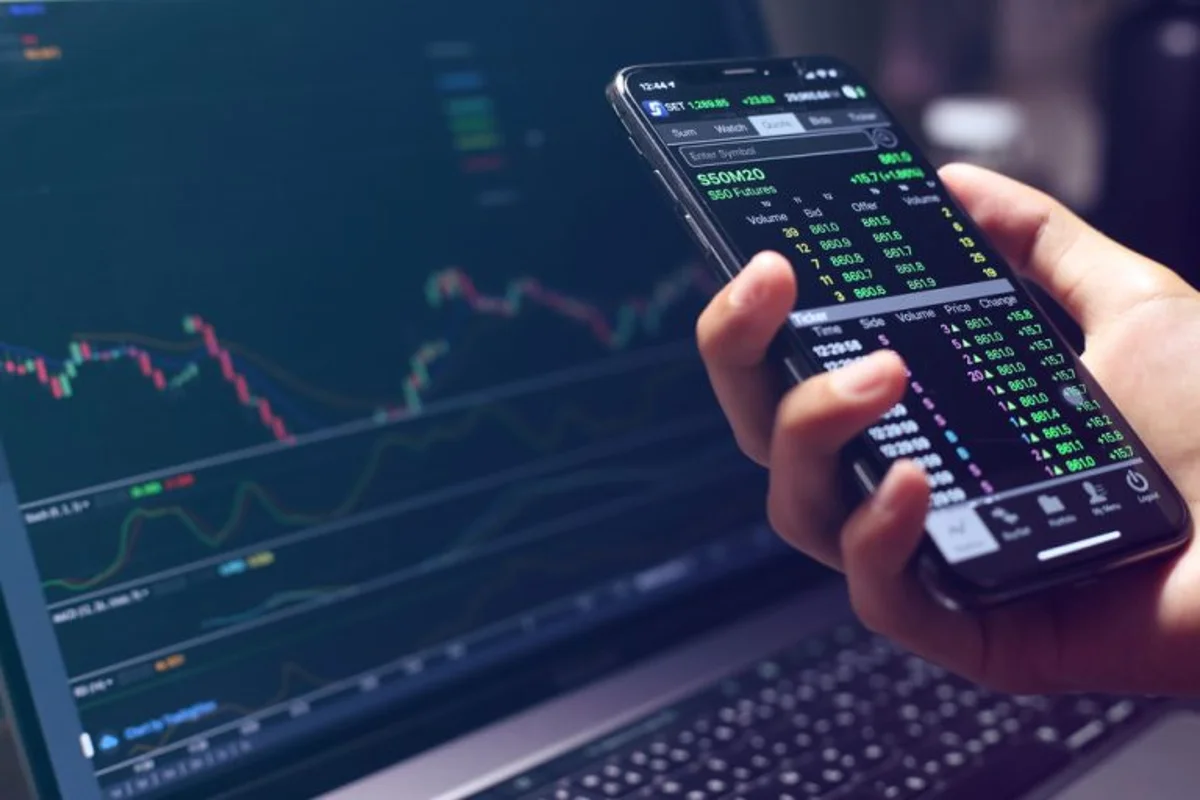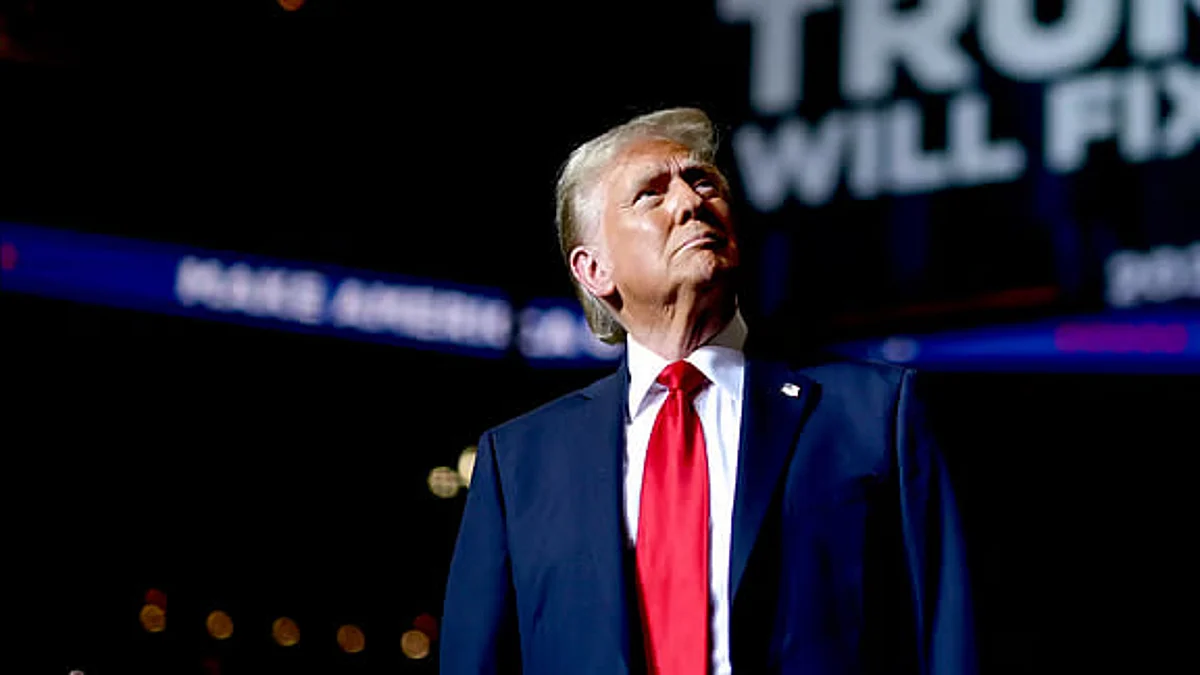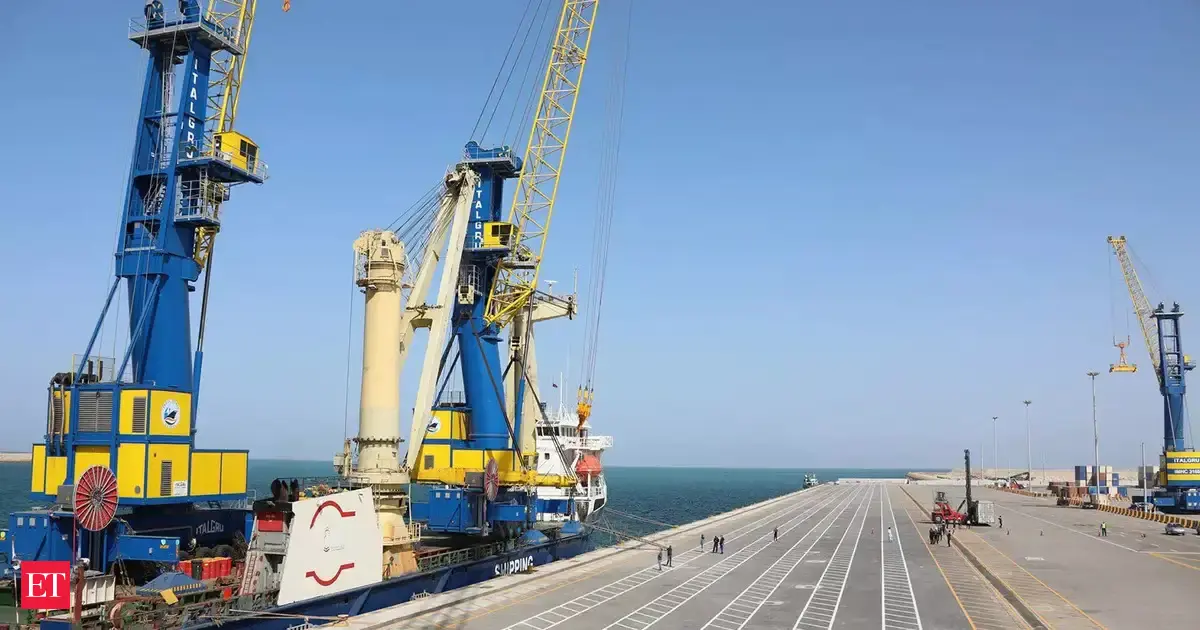By Ryan Peterson
Copyright benzinga

Analysts are saying that Grab Holdings could fall by 2030. Bullish on GRAB? Invest in Grab Holdings on SoFi with no commissions. If it’s your first time signing up for SoFi, you’ll receive up to $1,000 in stock when you first fund your account. Plus, get a 1% bonus if you transfer your investments and keep them there until December 31, 2025.
Grab Holdings Ltd. (GRAB) is currently executing strategic expansions into its Southeast Asian “superapp” ecosystem, strengthening the Singapore-based company’s core services of ride-hailing, digital payments, and food delivery. These operational moves have led to a noticeable rise in investor interest, suggesting evolving confidence from the market.
In this article, we’ll review GRAB’s current price and valuation, examine price-target forecasts through 2030, analyze Wall Street’s latest sentiment, and break down the bullish and bearish outlooks shaping the stock’s risk/reward proposition.
Current GRAB Stock Overview
Market Cap: $25.76 billionTrailing P/E: 316.00Forward P/E: 55.561 Year Return: +68%YTD Return: +32%
Shares of Grab Holdings are currently trading near 52-week highs at around $6 as of September 2025. The stock has experienced significant upward momentum, with a one-year return of 68% and year-to-date gains of 32%. The average price over the last 52 weeks of around $5 highlights the recent price increase and a period of stabilization and growth.
The company is actively engaged in initiatives that could notably shape its future. A recent collaboration with WeRide to launch autonomous shuttles in Singapore signifies Grab’s intent to explore advanced urban mobility solutions. The partnership, along with continued efforts to expand its digital financial services, positions the company to capitalize on emerging trends in the region. Grab’s focus on achieving profitability through operational efficiency is also a key priority for management, with recent financial reports indicating a positive shift in this area.
Ratings for Grab are generally cautious but optimistic, with a current consensus Hold from 11 analysts and an average price target around $6, according to Benzinga. Evercore ISI Group has the highest target at about $8, while Daiwa Capital has the lowest at about $5. The three most recent analyst targets from HSBC, JP Morgan, and Barclays average $6 for an implied downside of about 8% from the current price. While analysts acknowledge Grab’s progress, they are also wary of its current valuation.
Quick Snapshot Table of Predictions
The forecast range in this table is based on algorithmic projections provided by CoinCodex. These models use historical price trends, volatility patterns, and moving averages to estimate future stock prices over multiple time horizons.
Bull & Bear Case
Investors evaluating GRAB’s stock must weigh the company’s sector dominance and multi-service ecosystem against competitive pressures and macroeconomic challenges. The potential for growth in Southeast Asia’s digital economy offers substantial upside, but regulatory and market volatility create risks.
Grab has a leading market share in Southeast Asia across its core services. Its “super-app” model creates a synergistic ecosystem where users are encouraged to use multiple services, which increases customer loyalty and revenue per user.The company has been successful in narrowing its losses and has even achieved positive adjusted EBITDA. Southeast Asia’s digital economy is still expanding, with rising smartphone use and a growing middle class. This trend provides a long-term tailwind for Grab’s core services and its developing digital financial services arm.
Grab faces stiff competition from local and regional rivals like GoTo, as well as new entrants.Operating in multiple countries exposes Grab to various regulatory risks. Changes in regulations related to driver compensation, data privacy, and fintech licensing could increase compliance costs and potentially disrupt its business operations.The company’s business is labor-intensive and susceptible to macroeconomic factors. Economic downturns, inflation, or political instability in the region could reduce consumer spending and negatively impact demand for Grab’s services.
GRAB Stock Price Prediction for 2025
Based on projections from CoinCodex, Grab is forecast to experience significant volatility in the final months of 2025. The overall trend for the year suggests a positive but fluctuating outlook, with a wide projected trading range. The year-end forecast places the stock in a channel that reflects a potential mix of both strong growth and market corrections.
GRAB Stock Price Prediction for 2026
In 2026, the stock is expected to trade at an average price that’s lower than current levels. Early-year months may experience downturns. Despite a range contraction from 2025 highs, the company may stabilize as it matures into its service expansions and market share solidifies. These predictions reflect cautious investor expectations amid regional economic uncertainties and evolving competitive dynamics.
GRAB Stock Price Prediction for 2030
Looking ahead to 2030, market models suggest a meaningful price decline. While the forecast implies a bearish scenario compared to current levels, investors may still see a moderate return on investment, likely due to lower entry points and potential operational improvements. The long-term outlook accounts for market saturation risks, intensified competition, and economic cycles affecting consumer demand in Grab’s core markets.
Investment Considerations
Investors interested in Grab Holdings should consider the company’s leadership in Southeast Asia’s tech-driven economy, where it operates as a comprehensive superapp platform integrating ride services, food delivery, and digital finance. Its innovative ecosystem provides a competitive moat and multiple revenue avenues, potentially supporting future earnings growth. Grab’s current high valuation, however, warns of an elevated risk profile that necessitates close monitoring of profitability metrics and growth execution.
The company operates primarily in emerging markets, where macroeconomic and political conditions can be volatile. While Grab is somewhat insulated from direct U.S. tariff impacts due to its regional focus, the indirect effects of global trade tensions that could slow local growth should not be overlooked. Regulatory scrutiny in varying Southeast Asian jurisdictions can also influence operational costs and expansion plans, making compliance a critical factor for investors.
Analyst consensus of a Hold rating on Grab’s shares underscores a mixed outlook shaped by promising growth potential weighed against valuation concerns and competitive pressures. Investors should balance their risk tolerance and investment timeline against these factors, staying attuned to quarterly earnings reports and strategic updates for guidance.
Frequently Asked Questions



